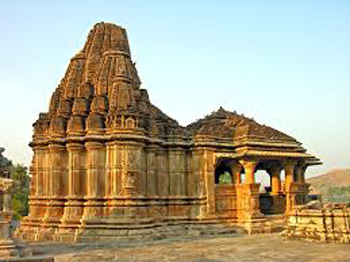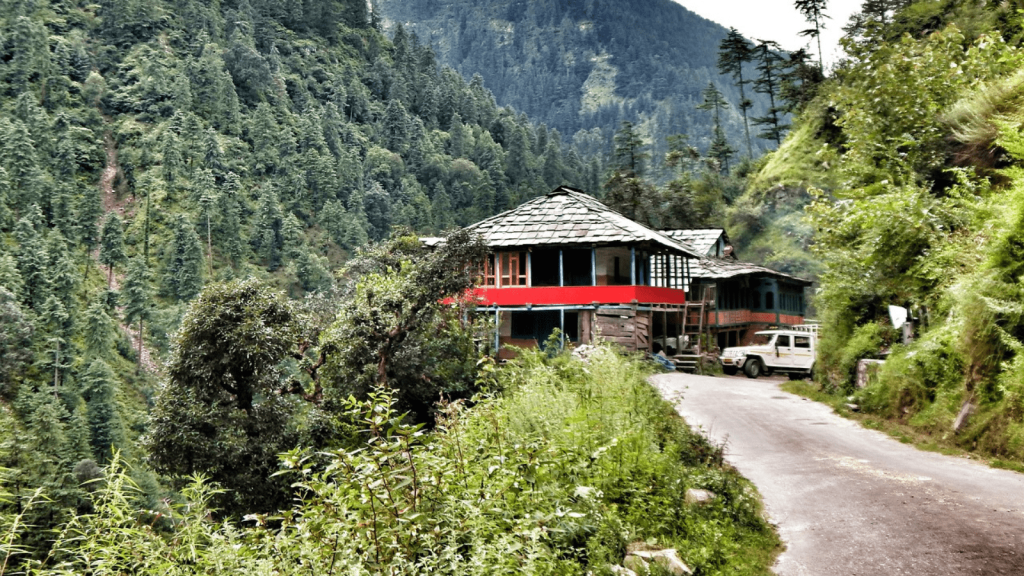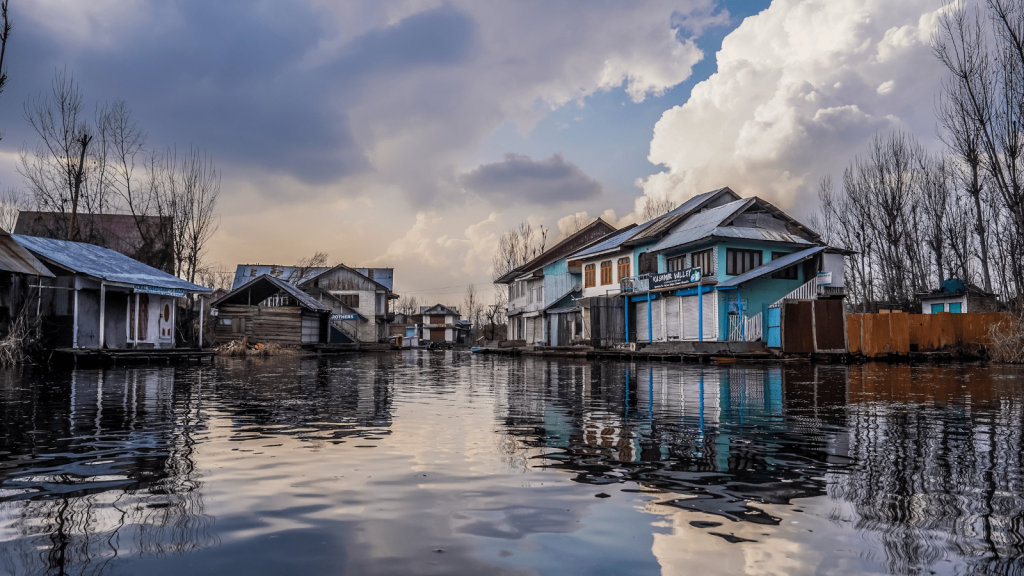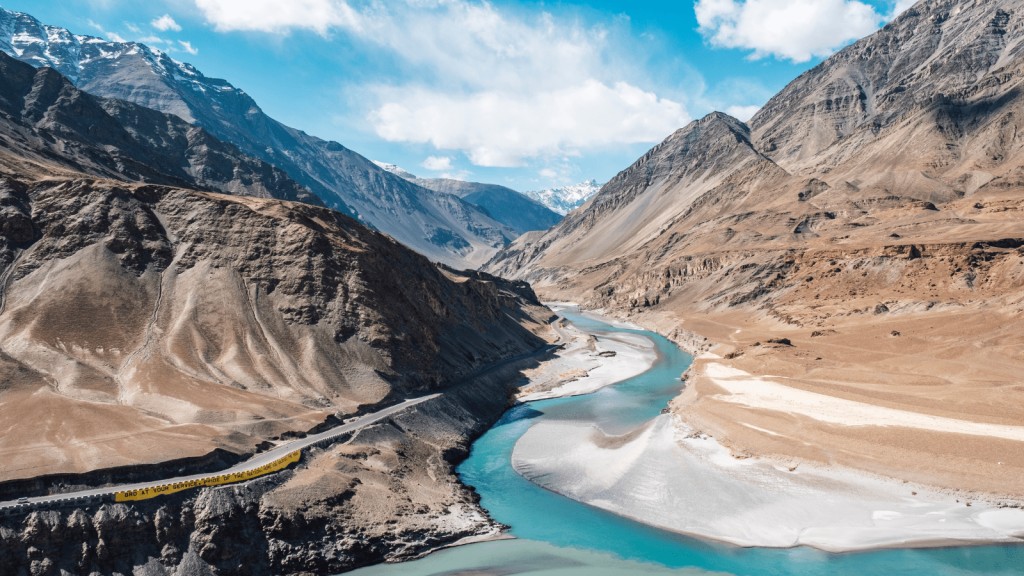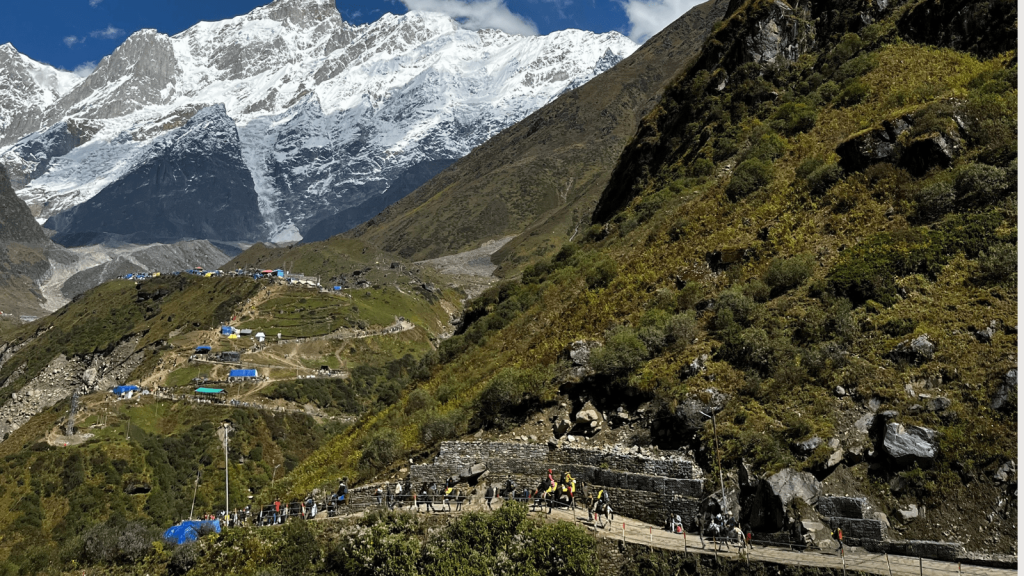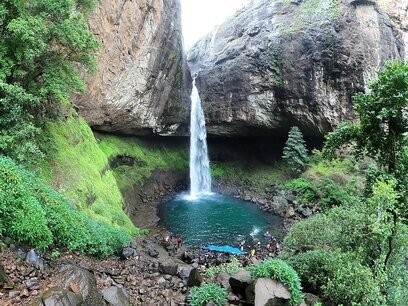History of Neelkanteshwara temple, Udaypur
The Neelkanteshwara Temple in Udaypur is a timeless architectural marvel
You can't begin to understand the depth of Madhya Pradesh's history and culture without first seeing the Neelkanteshwara Temple in Bhopal. Around the city, you can visit some of the most impressive stone examples of Indian art and architecture. Bhopal, the capital of Madhya Pradesh and location of the Neelkanteshwara Temple, is a great spot to begin discovering the state's deep cultural roots.
Easily accessible by car or train, nearby are some of the finest examples of stone-preserved Indian art and architecture from the state's unique history of magnificent antiques. Great dynasty tombs, forts, monuments, and cave paintings can all be found in the area.
Things to do around Neelkanteshwara temple
Vidisha
Vidisha, also known as Besnagar in the Pali Scriptures, was once the capital of the western Sungas Dominions, and it now has some fantastic relics that demonstrate the city's advanced architectural design for its time.
Vidisha is about 10 kilometers from Sanchi. It is near where the Betwa and Bes rivers meet. The sixth and fifth centuries BC saw the city's heyday under the Sungas, Nagas, Satvahanas, and Guptas. The name Vidisha appears in the Ashokan section of Kalidasa's Meghdoot.
Bhilsa rose to popularity throughout the Middle Ages after being forgotten in the sixth century AD (9th to 12th centuries AD). The Malwa Sultans, the Mughals, and the Scindias all conquered it.
The Vishnu-centered Brahmanical shrine in Vidisha is thought to have been built with lime mortar, which is the oldest known use of cement in India. The ruins were built in 2 BC, which makes them the oldest example of Brahmanical stonework that is still around today.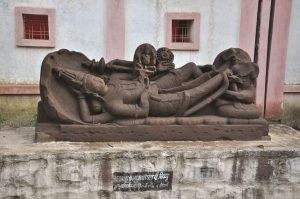
Vidisha Museum
It has sculptures and clay pieces from the 9th century that show art from the Parmara period. It also has early artifacts from the Sunga period in Besnagar. Yakshi and Ramagupta inscriptions, as well as statues of Surya and Chamundi, can be found in Besnagar's collection.
Also, you should check out the Bijamandal Mosque, Gumbaz-ka-Maqbara, and Lohangi Rock.
Khambha Baba, which is also called Heliodorus Pillar, is the only votive pillar with a palm-leaf capital that still stands. The column is inscribed with the following: "This was a Garuda Pillar, constructed in honor of Vasudeva by Heliodorus, a Taxila local brought to the court of Bhagabhadra by the Indo-Bactrian monarch, Antialcidas."
His name is Heliodorus, and he lives in Taxila. The inscription describes how a Greek came to be a follower of Vishnu and the region's ties to the Greek kingdoms of Punjab. A.D. 140 BC is the year given by Antialcidas for the construction of the Pillar.
The pillar is smaller and more delicate than the Ashoka Pillar, but it shares the latter's bell capital and figured superstructure. The upper portion of the shaft has 16 sides and 32 facets, while the lower portion is octagonal. The statues have designs inspired by both Buddhist and Grecian cultures, such as geese and honeysuckle.
The Udaygiri Caves
A group of rock-cut cave sanctuaries can be found 13 miles from Sanchi and 4 kilometers from Vidisha. One of these caves has a writing on it that says it was built in 4-5 AD, when Chandragupta II was king (382–402 AD).
The cave has every element of Gupta art, like beautifully shaped capitals, intercolumniation, the design of the entranceway, and an architrave that wraps around the building like a string course.
Starting with Cave 1, which has a front made out of a natural rock ledge, they have been numbered, probably in the order they were found.
Percy Brown said, "The Gupta capital is a perfect example of a renewal of faith." "The water feeds the plant that hangs from the top, which is a metaphor that led to the vase and flower motif, which is one of the most beautiful designs in Indian architecture." "Vases and flowers" are carved into four of the pillars. The fronts and doors of shrines are getting more and more ornate.
Ornate. The large cella, 8-foot-tall pillars, porch, and hall with pillars in Cave No. 9 stand out. Four hundred years later, when the Guptas were in power, the master craftspeople of Besnagar were still creative and skilled. In Cave No. 5, there is an amazing sculpture of Vishnu in his Varaha (boar) form carrying the earth goddess Prithvi on one of his tusks.
The sculpture of Vishnu lying down is beautiful. This collection shows how smart and strong Gupta art and architecture were.
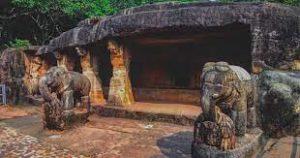
Gyaraspur
Gyaraspur, found 41 kilometers northeast of Sanchi, holds historical significance from the Middle Ages. Athakhambe (Eight Pillars) and Chaukhambe are the names of two sets of ruins where the columned halls of ancient temples going back to the ninth and tenth centuries AD may be found (Four Pillars). The Athakhambe shafts, which are beautifully carved and have many different sides, show how good the craftsmanship was at the time.
Among Gyaraspur's early 10th-century landmarks are the Bajra Math and the Mala Devi Temple. As an example of the latter, look at the carved pillars with leafy designs in the architecture that came after the Guptas.
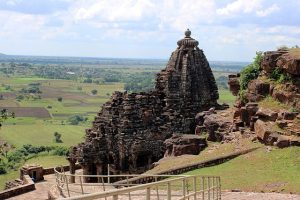
Udaypur
From Bhopal to Udaypur, it is a total of 90 kilometers via Vidisha and Ganj Basoda. The Neelkantheshwara temple is a great example of 11th-century Parmara art and architecture. The most interesting parts of this temple are the Shikhar tower and the medallions that have been carefully carved.
The spire is the most stunning part of any Hindu temple. The platform upon which the red sandstone temple rests. There are three pravesha mandaps, one sabha mandap, and one garbha griha (entrance porch).
The Bijamandal, the Shahi Mosque and Mahal, the Sher Khan ki Masjid, the Pisannari ka Temple, and the Ravantol are also important places in Udaypur.
The Kakpur Manalidevi and Kherapati Temples are located on the road to Udaipur. Nripa Varman's Bija Mandal mosque features octagonal pillars decorated with Ramayana and Geeta motifs. The goddess Charchika Devi is praised in the inscription on the temple's walls. Aurangzeb converted it into a mosque in 1682.
How to Reach
Air: The closest airport is Bhopal, 60 kilometers from Vidisha.
Rail: Bhopal, on the Delhi-Chennai main line, is the closest significant railhead, while Vidisha, 10 km from Sanchi, and Sanchi, on the Jhansi-Itarsi branch of the Central Railway, are handier.
Road: Vidisha, Udaypur, Gyaraspur, and Sanchi are all connected to Bhopal by regular bus services. Tongas and tempos for Khamba Baba and Udaygiri
There are hotels in Bhopal for every budget, but Sanchi is a good place to stay because it is close to a lot of places.

